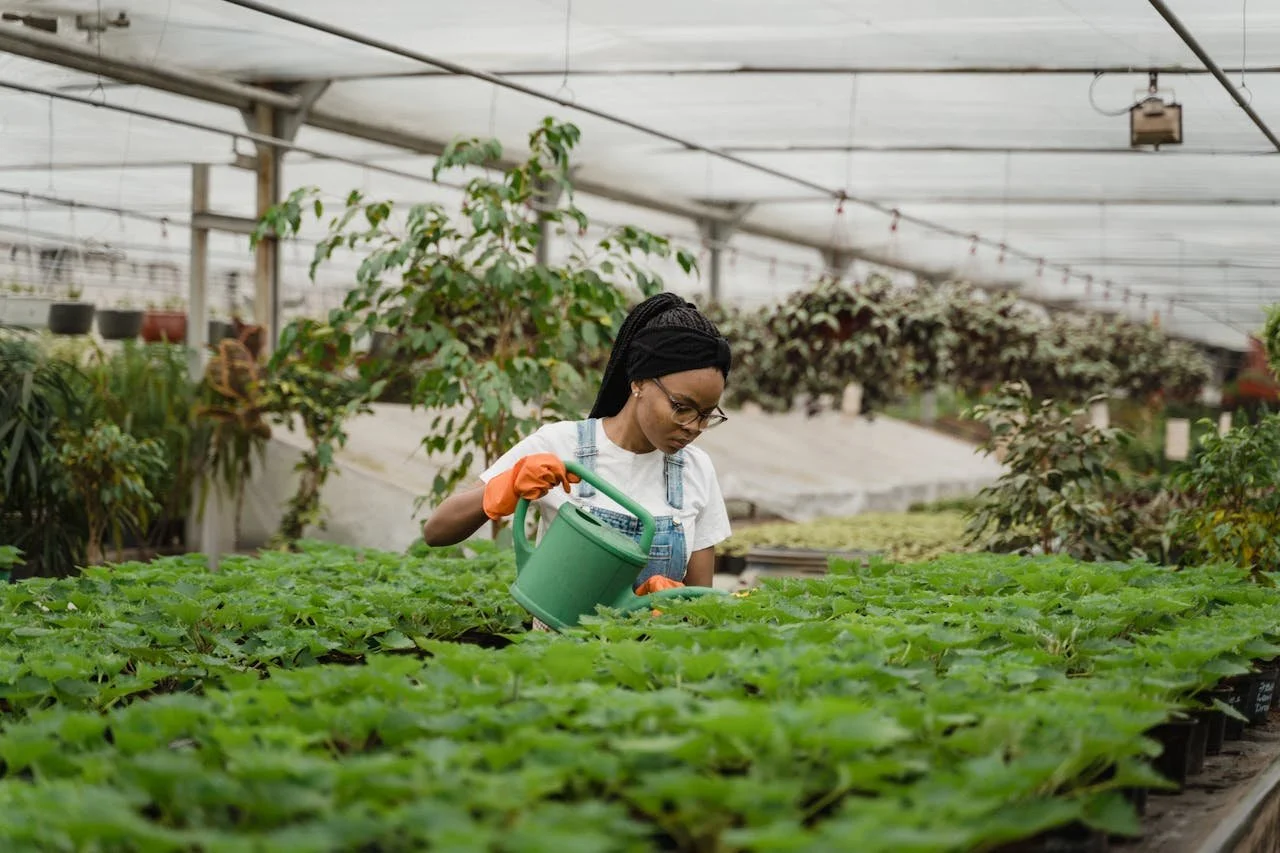From Vacant Lots to Vibrant Farms: The Untapped Potential in Our Cities
In cities across the country, vacant lots are a common sight—overgrown, littered, and often forgotten. These empty spaces symbolize lost potential, but what if they could be transformed into thriving farms that nourish communities, generate jobs, and improve the environment? Urban agriculture is proving that vacant lots are more than just wasted land; they are opportunities waiting to be cultivated.
Why Vacant Lots Matter
America’s cities are home to thousands of vacant lots, many concentrated in low-income neighborhoods that also suffer from food insecurity. These same neighborhoods often lack grocery stores and fresh food options, forcing residents to rely on unhealthy processed foods. But urban agriculture is turning these overlooked plots into sources of nourishment and economic empowerment.
Transforming vacant lots into vibrant farms doesn’t just address food deserts—it revitalizes communities, creates jobs, and fosters a sense of belonging. Instead of empty spaces that attract crime and neglect, these farms provide beauty, stability, and fresh, local food where it’s needed most.
The Benefits of Turning Vacant Lots into Urban Farms
1. Fighting Food Insecurity
Many urban neighborhoods lack access to fresh, nutritious food. Transforming vacant lots into food-producing spaces ensures that fresh produce is grown right where people live. These community farms help reduce reliance on processed foods and empower residents to take control of their own food sources.
2. Strengthening Local Economies
Urban farms create jobs—not only for farmers but also for workers in distribution, marketing, and food preparation. Small-scale farming businesses can thrive in urban settings, selling produce at farmers’ markets, through CSA (Community Supported Agriculture) programs, and to local restaurants. The economic ripple effect benefits entire communities.
3. Revitalizing Neighborhoods
Vacant lots often become magnets for illegal dumping, crime, and urban decay. Transforming these spaces into lush, productive farms increases property values, fosters neighborhood pride, and builds stronger social connections. Community gardens and urban farms also serve as gathering spaces where people of all ages can learn about food production and sustainability.
4. Improving Environmental Health
Urban farms have significant environmental benefits, including:
Reducing the urban heat island effect by introducing green spaces.
Improving soil quality through composting and regenerative farming practices.
Reducing stormwater runoff with plants that absorb excess rainwater.
Boosting air quality by adding more plant life to congested urban areas.
How to Transform a Vacant Lot into a Thriving Farm
Step 1: Identify Available Land
Many cities have land banks, vacant property registries, or programs that allow individuals and organizations to lease or purchase vacant lots at low costs. Researching local government initiatives can uncover opportunities for urban farming projects.
Step 2: Soil Testing and Remediation
Before planting, soil must be tested for contaminants, as many urban lots have histories of industrial use. Raised beds, composting, and phytoremediation (using plants to clean soil) can help restore soil health and ensure safe food production.
Step 3: Community Engagement and Partnerships
Successful urban farms thrive with community buy-in. Partnering with local organizations, schools, and businesses can provide funding, volunteers, and long-term support. Holding community meetings and educational workshops can also foster local ownership and participation.
Step 4: Secure Funding and Resources
Urban agriculture projects often require initial investment in infrastructure, tools, and seeds. Grants, crowdfunding, local business sponsorships, and government support can provide the necessary financial backing. Many cities and nonprofits offer urban farming grants to help these projects succeed.
Step 5: Grow, Harvest, and Sell
Once the farm is up and running, establishing a distribution plan is key. Many urban farmers sell their produce through farmers’ markets, CSA subscriptions, and direct-to-consumer sales. Some even collaborate with local restaurants and grocery stores to expand their reach.
Policy Changes Needed for Urban Farming to Thrive
Despite its benefits, urban agriculture often faces legal and zoning challenges. Many cities still have outdated policies that make it difficult for urban farms to operate legally. Agricultural professionals, policymakers, and community advocates must work together to:
Update zoning laws to allow commercial farming in urban areas.
Create tax incentives for landowners who lease vacant lots for agriculture.
Establish grant programs to support new urban farmers.
Streamline licensing and permitting processes for urban farms and farmers’ markets.
The Future of Urban Farming
The movement to convert vacant lots into thriving farms is gaining momentum, but more work needs to be done. With the right support, policies, and community involvement, cities can transform neglected spaces into productive food hubs that improve the lives of millions.
Urban agriculture isn’t just about growing food—it’s about growing stronger, healthier, and more resilient communities. By supporting urban farming initiatives, we are investing in a future where cities are not just places of consumption but also centers of food production.
Join the Movement
Are you passionate about transforming vacant lots into vibrant urban farms? Do you want to connect with other leaders in urban agriculture? Join the conversation and learn how to make an impact at Growing Augusta: Arts, Agriculture, & Agency!



